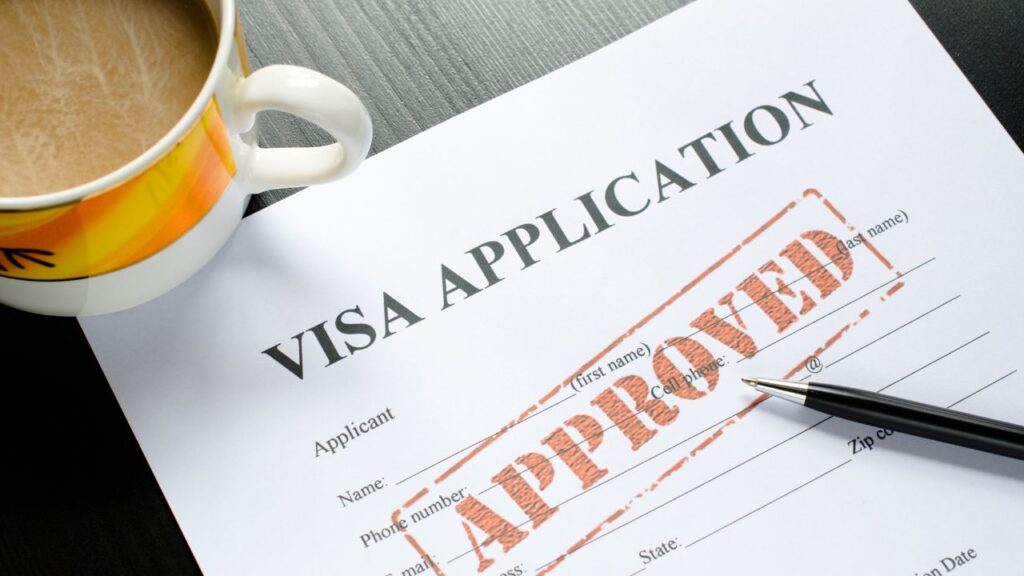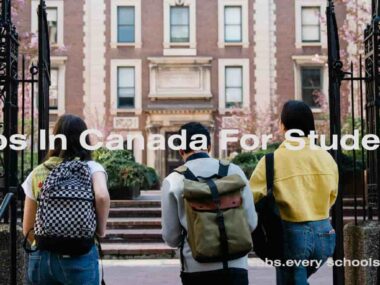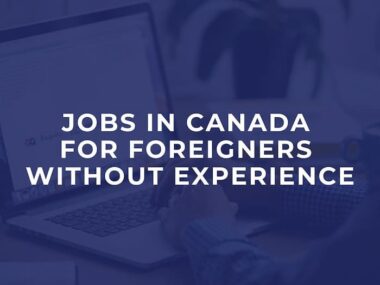Securing a US visa can be a transformative experience, opening doors to new professional, academic, and personal opportunities. However, obtaining a US visa often requires sponsorship from a qualified entity. This article will explore the various available US visa sponsorship opportunities, breaking down the processes and requirements for each type.
Types of US Visas
Non-Immigrant Visas
- Tourist Visa (B-2)
The B-2 visa is designed for individuals wishing to visit the US for leisure or medical purposes. It’s a non-immigrant visa that allows a stay of up to six months. - Student Visa (F-1)
The F-1 visa is for international students who wish to study at an accredited US institution. This visa allows students to remain in the US for the duration of their academic program, plus any authorized practical training. - Work Visa (H-1B)
The H-1B visa is for foreign professionals who have a job offer in the US that requires specialized knowledge. This visa is employer-sponsored and typically valid for up to three years.
Immigrant Visas
- Family-Based Green Card
The family-based green card allows US citizens and lawful permanent residents to sponsor certain relatives for immigration to the US. It is divided into immediate relatives and family preference categories. - Employment-Based Green Card
Employment-based green cards are available for individuals who have a job offer in the US. The process involves employer sponsorship and often requires labor certification. - Diversity Visa Lottery
The Diversity Visa Lottery program offers a limited number of visas each year to individuals from countries with low rates of immigration to the US. This is a lottery-based system.
Understanding Visa Sponsorship
What is Visa Sponsorship?
Visa sponsorship involves a US-based individual or organization supporting a foreign national’s visa application. The sponsor is responsible for ensuring the applicant meets the visa requirements and, in some cases, for providing financial support.
Role of the Sponsor
The sponsor’s role varies depending on the type of visa. For work visas, the sponsor is usually an employer; for family-based visas, it’s a family member. The sponsor must provide documentation and, in some cases, financial guarantees.
Types of Sponsors
- Employers
For work visas, the employer acts as the sponsor, providing job offers and sometimes financial guarantees. - Family Members
For family-based green cards, US citizens or lawful permanent residents act as sponsors, proving their relationship to the applicant and their ability to support them financially. - Educational Institutions
For student visas, educational institutions often act as sponsors, providing the necessary documentation and sometimes financial assistance.

Non-Immigrant Visa Sponsorship
Tourist Visa Sponsorship
Requirements for Sponsorship
To sponsor a tourist visa, the sponsor usually needs to provide a letter of invitation, proof of relationship, and evidence of their ability to support the applicant financially during their stay.
Application Process
The application process involves submitting the visa application form, attending an interview at a US embassy or consulate, and providing necessary supporting documents.
Student Visa Sponsorship
Who Can Sponsor?
Educational institutions typically act as sponsors by providing Form I-20, which confirms the applicant’s admission and eligibility for the F-1 visa.
Financial Proof and Documentation
Applicants must demonstrate they have sufficient funds to cover tuition and living expenses. This can be shown through bank statements, affidavits of support, or scholarship awards.
Work Visa Sponsorship
Employer Sponsorship
Employers must file a petition with the US Citizenship and Immigration Services (USCIS) on behalf of the foreign worker. This process includes proving that the job requires specialized skills and that the worker meets the qualifications.
Labor Certification Process
The labor certification process involves the employer proving that there are no qualified US workers for the position and that hiring a foreign worker will not adversely affect the wages and working conditions of US employees.
Immigrant Visa Sponsorship
Family-Based Green Card Sponsorship
Immediate Relatives
Immediate relatives include spouses, unmarried children under 21, and parents of US citizens. This category does not have annual caps, making the process faster.
Family Preference Categories
Family preference categories include other relatives such as married children and siblings of US citizens. These categories have annual limits, which can lead to longer wait times.
Employment-Based Green Card Sponsorship
Employment-Based Preference Categories
These categories are divided into several preferences, including priority workers, professionals with advanced degrees, and skilled workers.
PERM Labor Certification
The PERM process requires the employer to demonstrate that no qualified US workers are available for the position and that the employment of the foreign worker will not negatively impact wages and working conditions.
Diversity Visa Lottery
Eligibility Criteria
Applicants must be from countries with low immigration rates to the US and meet education or work experience requirements.
Application Process
The process involves submitting an online application during the annual registration period. Winners are selected randomly and must complete additional steps to obtain their visas.
Challenges and Solutions in Visa Sponsorship
Common Challenges
Visa sponsorship can be complex, with challenges including lengthy processing times, changing immigration laws, and strict eligibility requirements.
Tips for Overcoming Challenges
To navigate these challenges, ensure all documentation is complete and accurate, stay updated on immigration policies, and consider consulting with an immigration attorney for guidance.
Conclusion
Visa sponsorship can be a critical factor in achieving your goals in the US, whether you’re visiting, studying, working, or seeking permanent residency. By understanding the different types of visas and the sponsorship process, you can better prepare for your application and increase your chances of success. Remember, it’s often beneficial to seek professional advice to navigate the complexities of US immigration.
FAQs
1. What are the primary types of US visa sponsorship?
The primary types include non-immigrant visas (such as tourist, student, and work visas) and immigrant visas (such as family-based and employment-based green cards, and the Diversity Visa Lottery).
2. How can I increase my chances of getting a work visa sponsorship?
Ensure your qualifications match the job requirements, research potential employers, and network within your industry. Tailoring your resume and cover letter to the job and seeking advice from immigration professionals can also help.
3. What documents are typically required for a student visa?
Documents usually include an acceptance letter from a US institution, proof of financial support, and academic transcripts. You may also need to provide evidence of ties to your home country.
4. How long does the family-based green card process take?
Processing times can vary based on the specific category of the green card and the applicant’s country of origin. Immediate relative categories typically have faster processing times compared to other family preference categories.
5. Are there any new changes to the diversity visa lottery system?
Changes to the Diversity






